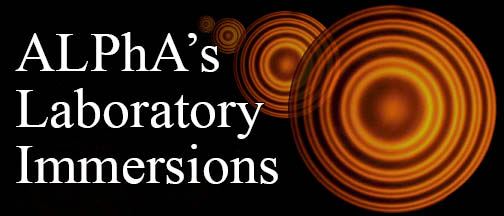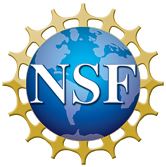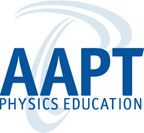- Home
- What We Do
- Laboratory Immersions
- Immersions 2025
- Imm2025Buffalo_NoiseFund
TeachSpin, Buffalo, NY
Uses of Johnson and Shot Noise
July 14, 2025 to July 16, 2025
Number of setups available: 1-2
Maximum number of participants: 2-4
------------------------------------------------------------------------------------------------------------------------------------------
This Immersion will enable participants to investigate electronic noise. We may touch lightly on electro-static and magneto-static interference, but the focus will be on the fundamental sources of noise: the thermal or Johnson noise in resistors (vn2 = 4RkBTΔf) and the shot noise that is present in some currents (in2 = 2eiDCΔf). These investigations have two main motivations. First, many experiments in physics involve electrical signals, and where we are interested in making the signal to noise ratio as large as possible, these fundamental noise sources set a limit on such capabilities. An understanding of these fundamental sources can guide us when designing an experiment, and allows us to know when the limit has been reached. Second, an accurate measure of noise can lead to a determination of some physical constants. Johnson noise can be used to determine Boltzmann’s constant (kB) or the absolute temperature (T). And shot noise can be used to measure the charge on the electron (e).
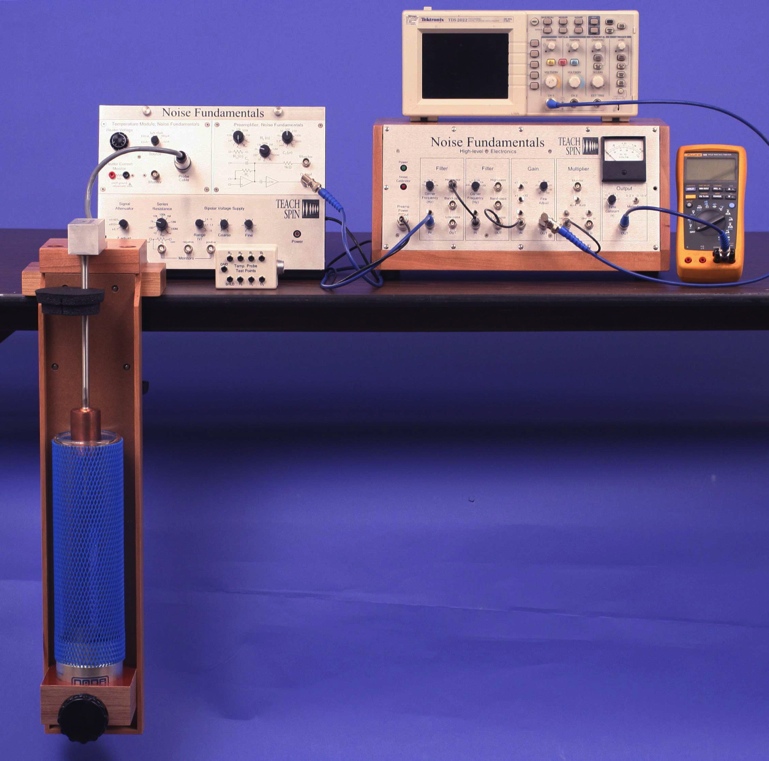
The immersion will use the Noise Fundamentals apparatus developed by Teachspin. Additional equipment—a digital oscilloscope, a good voltmeter, and a signal generator—will all be provided. Participants need only bring a calculator, pencil and notebook. We will start by discussing the signal chain, and do some straightforward electronic measurements of gain and bandwidth (Δf). Then we will measure the Johnson noise as a function of bandwidth. This motivates the “units of noise”, V2/Hz and V/√Hz. Then we will look at the dependence of Johnson noise on resistance (R) and (time permitting) the temperature.
On the second day we’ll reconfigure the pre-amp electronics to be a trans-impedance amplifier (much less scary than it sounds), learn a bit on how to capacitively compensate the gain, and then investigate shot noise from a light bulb shining on a photodiode to make a measurement of the electron charge. Time permitting; we might also look at currents that do not display full shot noise.
Host and Mentor: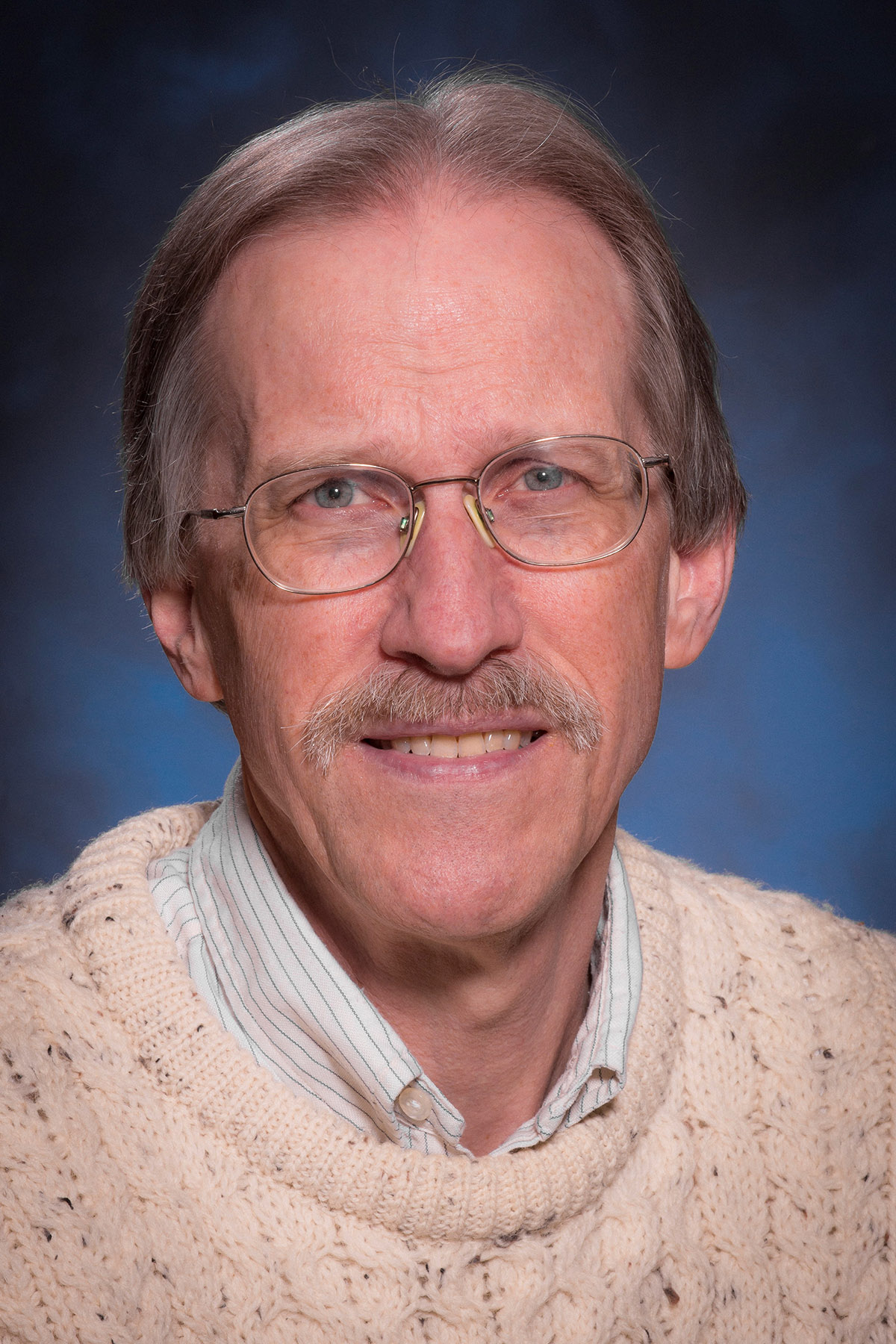
 Please note that the Jonathan F. Reichert Foundation has established a grant program to help purchase apparatus used in Laboratory Immersions. Limitations and exclusions apply, but generally speaking the Foundation may support up to 50% of the cost of the required equipment.
Please note that the Jonathan F. Reichert Foundation has established a grant program to help purchase apparatus used in Laboratory Immersions. Limitations and exclusions apply, but generally speaking the Foundation may support up to 50% of the cost of the required equipment.

The immersion will use the Noise Fundamentals apparatus developed by Teachspin. Additional equipment—a digital oscilloscope, a good voltmeter, and a signal generator—will all be provided. Participants need only bring a calculator, pencil and notebook. We will start by discussing the signal chain, and do some straightforward electronic measurements of gain and bandwidth (Δf). Then we will measure the Johnson noise as a function of bandwidth. This motivates the “units of noise”, V2/Hz and V/√Hz. Then we will look at the dependence of Johnson noise on resistance (R) and (time permitting) the temperature.
On the second day we’ll reconfigure the pre-amp electronics to be a trans-impedance amplifier (much less scary than it sounds), learn a bit on how to capacitively compensate the gain, and then investigate shot noise from a light bulb shining on a photodiode to make a measurement of the electron charge. Time permitting; we might also look at currents that do not display full shot noise.
Host and Mentor:

David Van Baak is Professor Emeritus of Physics from Calvin College. His academic career included teaching and developing in the advanced-lab at Calvin College from 1980 through 2014; and since 2005 it has included collaborations with TeachSpin. Since 2014 he has been full time at Teachspin.

